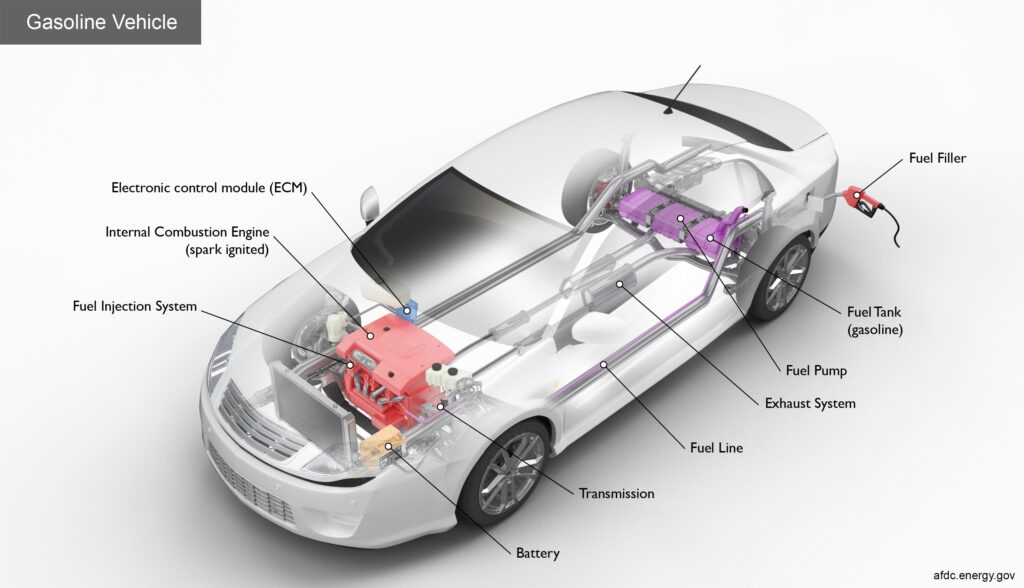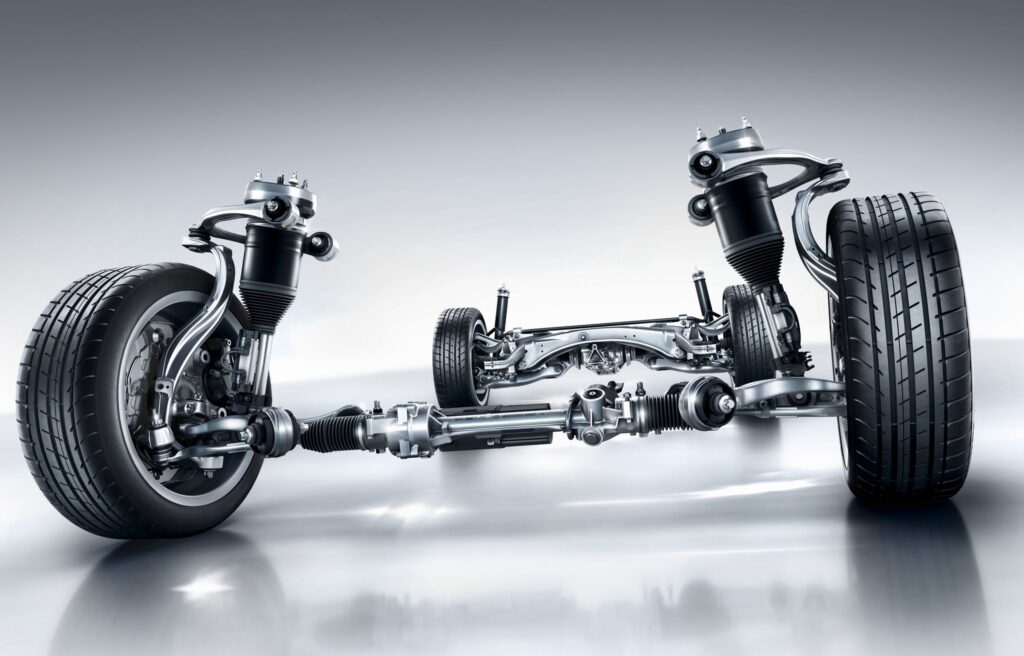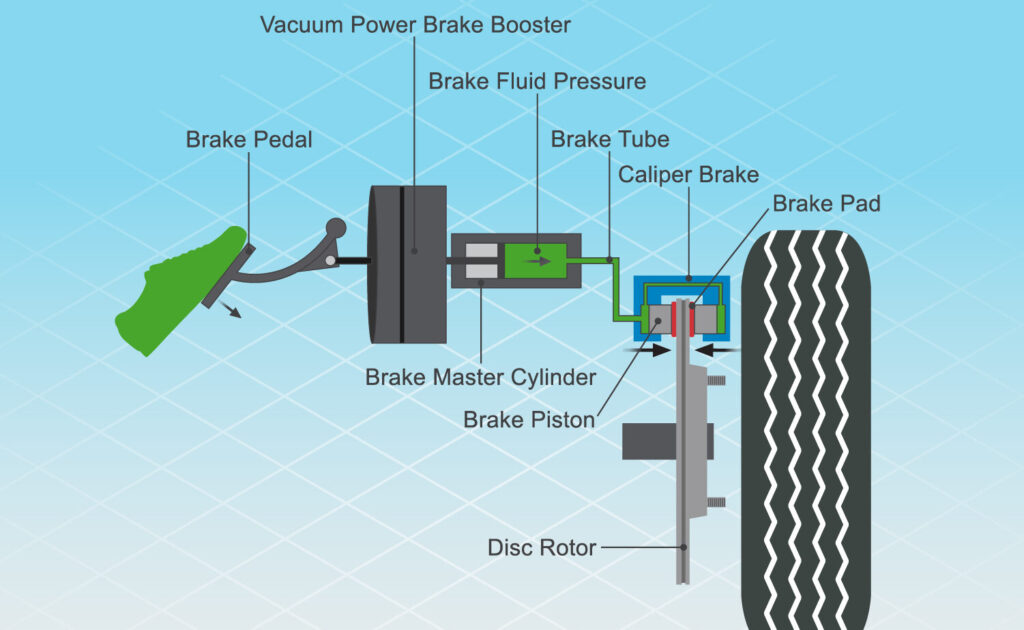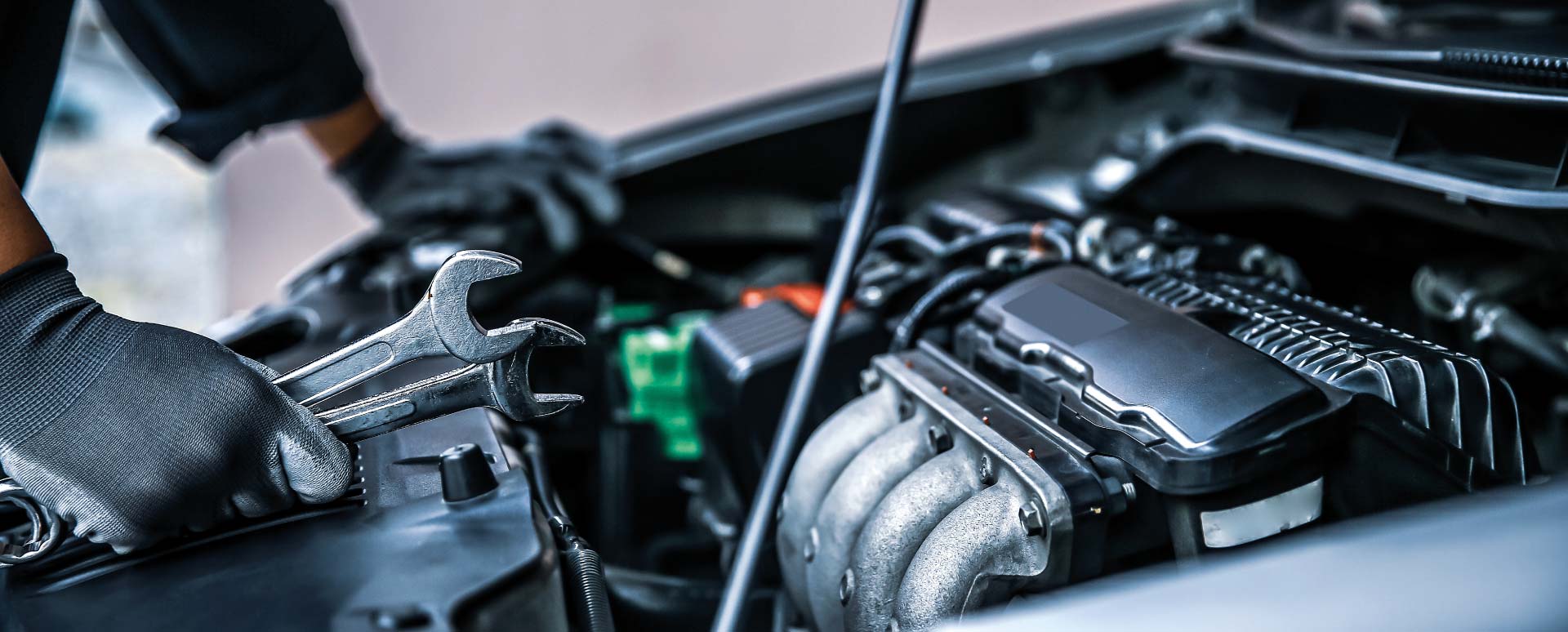In the following text, we will give you the most detailed explanations of how cars work. Cars have seamlessly integrated into the fabric of modern life, serving as reliable and indispensable modes of transportation. However, the intricate workings that enable their functionality often remain mysterious. In this comprehensive guide, we embark on a journey to unravel the complexities of automotive engineering in a manner accessible to all.
How Cars Work – The Symphony of Four Key Components
At the core of every car lies a symphony of four essential components: the engine, transmission, suspension, and brakes. These elements harmonize to propel the vehicle forward, facilitate controlled deceleration, and ensure stability on varying terrains.
The Engine: Powering the Pulse of Motion
Functioning as the proverbial heart of the car, the engine orchestrates the conversion of fuel into the kinetic energy necessary to propel the vehicle. Within this realm, two predominant engine types reign supreme: gasoline and diesel. While gasoline engines ignite fuel via a spark mechanism, diesel engines rely on compression to initiate combustion.

The Transmission: Seamlessly Navigating Speed and Power
The transmission assumes the pivotal role of modulating the car’s speed and power output, seamlessly transitioning between gears to optimize performance. Within this domain, two transmission variants dominate: manual and automatic. Manual transmissions empower drivers to manually shift gears using a combination of a clutch pedal and gear stick. Whereas automatic transmissions autonomously adjust gear ratios based on vehicle speed.
The Suspension: Mastering Stability and Comfort
The suspension system serves as the guardian of stability and comfort, absorbing shocks and vibrations induced by uneven terrain. Comprising an intricate network of springs, shock absorbers, and ancillary components. Modern cars typically feature advanced independent suspension systems, enabling each wheel to move autonomously.

The Brakes: Safeguarding Against Unwanted Motion
Critical for halting motion, brakes harness the vehicle’s kinetic energy, converting it into heat energy to facilitate controlled deceleration. Within this realm, two primary brake types reign supreme: disc brakes and drum brakes. Disc brakes employ a caliper mechanism to apply pressure to brake pads against a rotating rotor, whereas drum brakes utilize brake shoes to press against a rotating drum.

The Symbiotic Dance of Automotive Components, How Cars Work
The culmination of these intricate components orchestrates a harmonious dance, propelling the vehicle forward with precision and grace. From the moment the driver presses the gas pedal, the engine springs to life, generating power routed seamlessly through the transmission to the wheels. Meanwhile, the suspension system diligently maintains stability on the road, ensuring a smooth and controlled journey. When the time comes to halt, the brakes assert their dominance, swiftly bringing the vehicle to a standstill with calculated precision.
Conclusion: Deciphering the Automotive Enigma
In conclusion, How cars work, cars epitomize the pinnacle of human ingenuity, relying on a symphony of components to function harmoniously. By delving into the intricacies of automotive mechanics, one gains a newfound appreciation for these marvels of engineering. Armed with this understanding, individuals can make informed decisions regarding vehicle maintenance and purchasing. Ensuring a seamless journey on the road ahead. We trust that this comprehensive guide has shed light on the inner workings of cars, empowering you to embark on your automotive adventures with confidence and insight.

